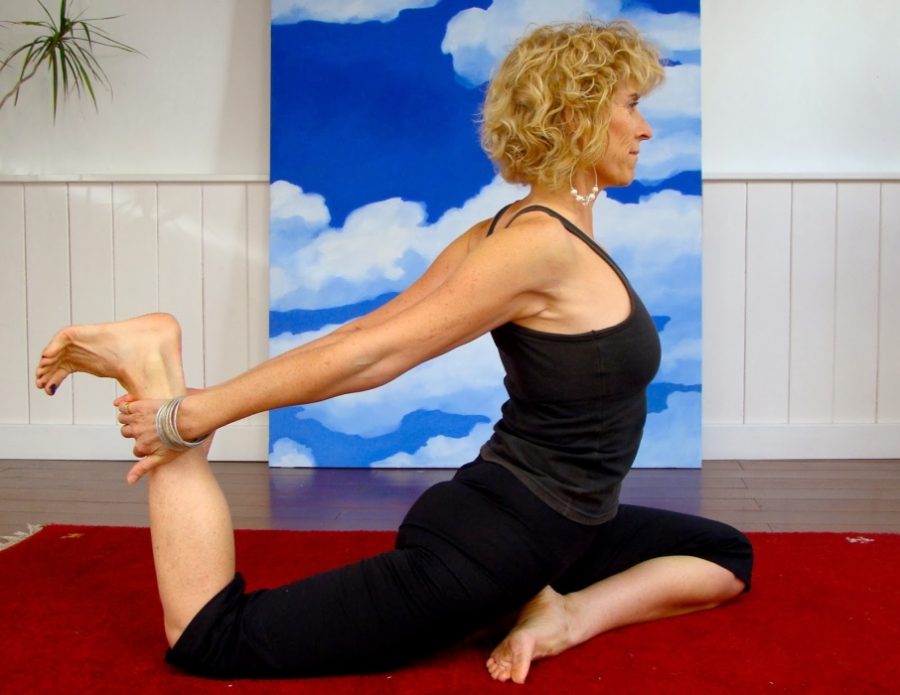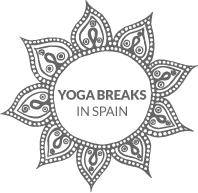 Here’s a quick reference to help you understand some of the frequent ‘yoga’ terms used in classes. Unless you understand the words it will be difficult to follow the subject!
Here’s a quick reference to help you understand some of the frequent ‘yoga’ terms used in classes. Unless you understand the words it will be difficult to follow the subject!
Asana
The name given to describe the various yoga postures or poses you’ll practice during class. Hold your asana’s with stability and encourage a sense of ‘ease’ within the body. Never over exert or hyper-extend. You’re looking for a balance between effort & surrender.
Ayurveda
The science or knowledge of life. A thousand year old scientific approach to medicine. Ayurveda recognizes there are differences in everyone’s constitution and therefore treats each person uniquely. Ayurveda is investigated & explained on our Pure Yoga Holiday where you’ll find your individual constitution or ‘Dosha’, be it Vata, Kapha or Pitta.
Bandha
To bind, lock or ‘seal’. You may hear your teacher talking about ‘engaging your bandhas’. By activating certain muscle groups within the body you can enhance and subtlely direct energy flow in certain areas of the body. When your bandhas are ‘engaged’ you’ll experience a sense of inner l strength and ‘groundedness’ thus making your asanas feel steady and balanced. The three most commonly used bandhas are: Jalandhara Bandha, Mulabandha, Uddiyana Bandha.
Chakra
The name given to the energy centres found within the body. When chakras are open & functioning well, the organs & glands within that area of the body also function well (ie. optimum health). The 7 main chakras, that run along the spine, are more commonly known as: Root, Sacral, Solar Plexus, Heart, Throat, Third Eye and Crown. Each of these chakras has a different colour and sound (or mantra) associated with it, both of which are used to help ‘open’ the chakra and encourage an easier energy flow through the chakra.
Chandra Namaskar
Chandra is the Sanskrit name for “Moon”, Namaskar in Sanskrit means “salute”. So when you perform Chandra Namaskar you are ‘saluting the moon’. Ancient civilisations believed the Moon (& sun) were Gods & would perform rituals as a way of honouring the God. In yoga, Chandra Namaskar is the name given to a set routine of asanas, performed one after the other, as a way of honouring the moon.
Guru
Another name for a ‘Master’ who will help teach you & deepen your knowledge.
Karma
The sum – or result – of a persons action, word or deed. Simply put, if you do something good something good will happen to you. In turn, do something bad & expect something bad to head back to you! Buddhists believe that whatever you do comes back to you.
Mantra
Sacred sound, word or phrase often used as a focus in meditation. My favourite is ‘Amaram Hum, Madhuram Hum’ – I am free, I am bliss
Mudra
Sometimes called hand Yoga these are gestures made with the hands that recirculate energy within the body and help focus the mind. Many mudras are used to help alleviate ailments.
Namaste
In India, Namaste is an everyday greeting, similar to hello. It’s also a valediction – a way of saying goodbye. It comes from the root word “namas” which means to salute to followed by “te” meaning ‘you’ .. so bringing the two together in ‘namaste’ literally means “I salute (or bow) to you”, and is usually accompanied by the hand gesture of placing the palms together at the heart centre.
The hand gesture – palms together – is also known as ‘Anjali mudra’ and is usually accompanied by slightly bowing the head. Simply using the hand gesture implies the word namaste – no words need to be spoken.
A deeper meaning of namaste, though, can be inferred from “I bow to the divinity within you from the divinity within me”. Sometimes you’ll hear it defined as “The light in me recognises the light in you”, or “The highest in me recognises the highest in you”.
Whichever definition appeals to you, we use it to honour both the giver and the receiver. And in a yoga class, it is used to honour the teacher, ourselves and the tradition that has been passed down through all the yoga teachers who have gone before.
Om
Said to be the first ever sound heard on Earth. It is the Universal sound that is said to vibrate & pulse through all living beings. Chanting Om can bring us in touch with our own inner vibrating, pulse. Try it, its bliss!
Prana
Name given to the Life force or invisible energy that flows through all living things. When we are ill or have long periods of inactivity, our prana stagnates and we feel heavy, lethargic & ‘old’. When our prana moves & flows freely through us, we feel healthy & vibrant – we glow! Yoga asanas stimulates the flow of prana through the body.
Pranayama
Regulation of our breath in an organized way to circulate prana in the body.
Sadhana
The name given to your ongoing Yoga journey or practice.
Sanskrit
The ancient language of Hindu scriptures and yoga texts. All asanas have a Sanskirt name.
Shanti
Simply meaning, ‘Peace’.
Surya Namaskar
In Sanskrit, “surya” means the sun “namaskar” – as before – means to salute. So together they mean Sun Salutation. This is the name given to a series of warming, energising & opening asanas – usually performed in the morning – as the sun rises, as a way of honouring all the sun brings.
Sushumna
The name of the main energy channel situated alongside the spinal column through which our prana flows before branching out into secondary channels taking prana throughout our body.
Yamas
Five suggestions for how you should treat others in order to have a peaceful existence with those you share your World with. The 5 Yamas – in Sanskrit – are: Ahimsa .. non violence/non harming, Satya .. meaning honesty/truth, Asteya … non stealing – not just stealing someone’s possessions but their ideas & time too!, Brahmacharya .. often described as monogamy, or ‘love the one you’re with’! & finally, Aparigraha or non-coveting .. be content with what you have at this moment, don’t covet what others have – or you can’t have – as this leads to feelings of unhappiness.
Hopefully, you can see, that by practicing these 5 Yamas you will cultivate a sense of inner peace and happiness.
Hope these few tips help ‘demystify’ yoga a little for you. Ask us if there’s any others you’d like to know.
Enjoy your yoga Journey… your yoga Sadhana! Namaste

